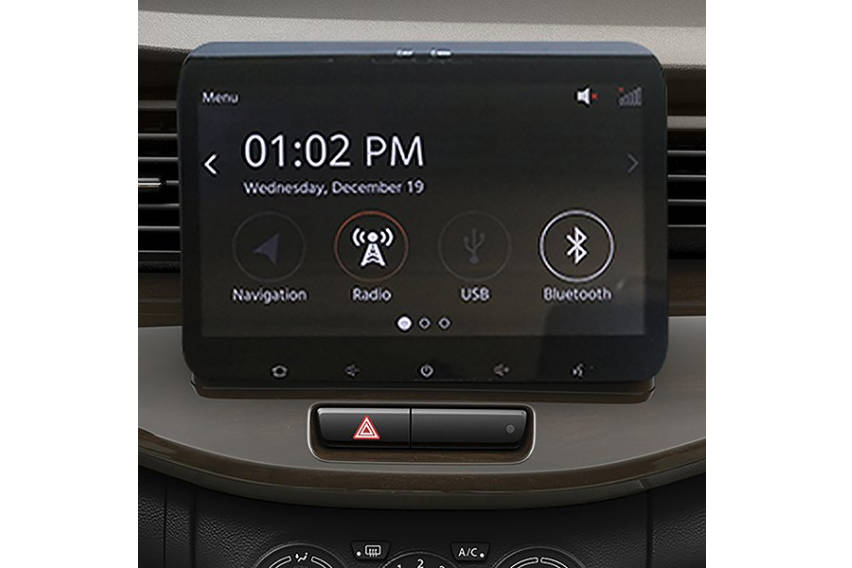In the know: When to use your vehicle's hazard lights

Every light in your vehicle has its purpose. Your headlights increase your visibility when driving at night, turn signals tell other drivers what direction you’re taking when making a turn, and ambient lighting — well, they simply enhance your car’s in-cabin experience. But what about hazard lights?
KEY TAKEAWAYS
When should you use your hazard lights?
You should use your hazard lights when in an emergency or when you might pose a relative danger to others.What particular treaty states when to use hazard lights?
The use of hazard lights can be found on the 1968 Vienna Convention on Road Traffic, a treaty in which the Philippines is a participant.Today, we’re going to take a look at your hazard lights: when you’re supposed to use them and why.

When
Experts say that hazard lights can only be used in an emergency situation. As the name implies, turning on the hazard lights tell other motorists that you are experiencing some kind of emergency (mechanical or medical) and that you either require assistance or that you might pose a relative danger to others.
An example is when your car breaks down and you are unable to move the vehicle to a lay-by area to address the problem, therefore putting other road users at risk.
Unfortunately, the words “risk” and “danger” can be subjective and other motorists deem that some situations require the use of a hazard light.
There are a lot of forums online where drivers discuss when and why they turn their hazard lights on, and clearly, there’s some confusion about the use of hazard lights.
Why
The 1968 Vienna Convention on Road Traffic, a treaty in which the Philippines is a participant, says that a “hazard warning signal may be used only to warn other road-users of a particular danger: (a) When a vehicle which has broken down or has been involved in an accident cannot be moved immediately, so that it constitutes an obstacle to other road-users; and (b) when indicating to other road-users the risk of an imminent danger.”
The said clause was made law by then-President Ferdinand Marcos in 1964 and was incorporated into our country’s system of rules.
Conclusion
It’s not a good practice to turn your hazard lights for inconsequential reasons, like when you’re driving in heavy rain, attempting to weave through heavy traffic, or when you’re simply pulling over. Doing so can cause confusion among other motorists which could result in unnecessary accidents.
Driving with your hazard lights on when not in a “real” emergency situation can be considered reckless.
Photos from Suzuki and Mitsubishi
Also read:
In the know: Driving habits that can harm your transmission
Featured Articles
- Latest
- Popular
Recommended Articles For You
Featured Cars
- Latest
- Upcoming
- Popular
Car Articles From Zigwheels
- News
- Article Feature
- Advisory Stories
- Road Test
